The Feywild or The Plane of Faerie
On the other side of a thin planar barrier surrounding the Material Plane sits a place of wonder and beauty, terror and darkness, hope and fear. It is the realm of ancient archfey and powerful elves from times long since passed where the seasons stand frozen at the whim of bickering fey courts. This is the Plane of Faerie, also known as the Feywild, and it is a place of terrible beauty and glittering shadows.
Like the Plane of Shadow and the Plane of Dreams, the Plane of Faerie is an echo of the Material Plane, sitting like an overlay over the entire plane. Most people do not know it exists, though in certain areas known as ley lines, the border becomes blurred, and in other regions, spontaneous gates and portals open up, allowing free travel between the two. Capricious fey creatures, from sprites and pixies to hags and quicklings, populate the realm. Many owe allegiance to one of the faerie courts, but not all do, and some actively work against the powerful archfey that rule these powerful organizations.
Fey are not the only inhabitants of the Plane of Faerie. Long ago, a species of giants pierced the planar veil and marched a mighty army through with the intent to conquer the lush and bountiful land. They were not successful, and for their transgression, they were cursed. These Fomorians lurk in the darkness and shadows of the Feywild now, striking against all native creatures with as much power as they can muster, and their ruined fortresses still dot the landscape.
The Plane of Faerie is a place of natural danger, where the weather can turn deadly with no warning, and the beasts of the forest prey on travelers with malice and hunger in their hearts. Time is a strange thing in the Feywild as well; some travelers who leave find that more or less time has passed than they expect. For immortal fey creatures, this isn't a problem, but mortal short-lived creatures can find their lives wasting away the instant they leave. This is one of the many reasons travelers to the Plane of Faerie end up staying.
There's an intoxicating flavor that permeates the plane, and for non-fey, it can prove an addicting experience. It's difficult to describe – the air is thicker, more alive, and all scents and aromas are enhanced a hundred-fold. The very land of the Feywild is lush and vibrant, filled with life and beauty, but there's always a trick in the Plane of Faerie. Sometimes, a verdant forest clearing dappled with pure sunlight turns mortals into gold, as is known to happen in the Golden Glade, while in the vast swamp known as Murkendraw creeping yellow vines obey the commands of the hag covens that fill the region, choking and pulling down travelers.
Treasures abound in the Plane of Faerie. The Scepter of Starlight, the Diamond Staff, and the Leaves of All Seasons all originated from the Feywild and have found their way across the multiverse at one point or another, yet they always seem to find their way back to the Plane of Faerie.
Lay of the Land
The basic geography of the Plane of Faerie is an echo of the Material Plane, at least in rough shape. The further one travels from a fey crossing or portal, the more varied the landscape becomes. Seasons and the sun's cycle can vary wildly. Geographic regions across the Plane of Faerie are frozen in a season's particular grasp. The same holds true for the position of the moon and sun – some areas never see the sun dimming, while others are bathed forever in moonlight.
The borders between these regions can be extreme. A group of travelers may enter the Feywild in a summer-filled forest where the sun never sets and, while exploring, come upon a mountain range frozen in winter's fury where the moon hangs high and full in the sky at all times.
It is natural to connect these extreme seasonal changes and day-moon phases to the powerful archfey that rule much of the Feywild, but the truth is that only a few of the mightiest exert any real influence over the plane itself on such a grand scale. The Queen of the Summer Court has been known to change a region from winter to summer or night to day, but these events are rare and usually catastrophic to the natural beings that have taken up residence in the affected area. Locally, however, the mood of the most powerful denizen of a particular small area can affect the surroundings in minor ways, such as the gathering of storm clouds, the movement of brambles, or the rushing of rivers with no apparent outlet.
Below the ground in the Plane of Faerie twists an endless maze of brightly lit tunnels known as the Feydark. It is a mirror of the Underdark on the Material Plane, but a natural light, akin to that of a star, infuses the stone and prevents total darkness from blanketing any large subterranean realm. Foul things dwell in the Feydark, from the twisted Fomorians cursed by the archfey for their transgressions long ago to goblins and other unsavory beings.
There are regions beyond the strong seasonal variations of summer and winter. Known as the Wild Lands, clouds fill the twilight sky in these areas, and dark and twisted things fester outside the domains of the archfey. Some planar scholars say that the Wild Lands are what the Plane of Faerie would be like without the influence of the fey and that it is held back only by the combined will of the courts. Sometimes, the Wild Lands breach the barrier between the planes and encroach upon the Material Plane, creating an overgrown tangled nightmare that threatens all creatures.
Cycle of Time
Time is a strange thing on the Plane of Faerie. The sun does not set if it is risen, and the moon does not wax while it is in the air. Time passes normally for creatures in the Feywild, though it can be difficult to mark its passage considering the unusual and stagnant cycles of day, night, and the seasons. Leaving the Plane of Faerie, however, is when time can suddenly catch up to a non-native.
Surviving
There is nothing inherently violent or threatening in the landscape of the Plane of Faerie, or at least nothing that permeates the entire plane. Winter regions are cold and unprotected travelers can certainly succumb to the elements if they are not prepared, but this is typically no worse than a winter on the Material Plane. However, some specific regions of the Feywild do have more localized threats that travelers should be wary of.
Getting There
As an echo plane, the Plane of Faerie exists simultaneously with the Material Plane, which can make passing between the two surprising and sometimes frequent. There are differences between the two, sometimes wildly different, but when particular geographic and environmental features line up, a temporary gateway opens up. This is referred to as a fey crossing, and they can last anywhere from minutes to days.
Fey crossings are two-way portals between the Plane of Faerie and Material Plane, allowing denizens of both planes to cross over. Oftentimes, wicked archfey and powerful hags follow the signs in the Feywild and watch for these events to occur, timing their plans and schemes to coincide with the appearance of a fey crossing.
Portals and gates exist that lead to the Plane of Faerie as well. Notably, Bytopia, the Beastlands, and Elysium in the Outer Planes contain many portals leading to the Feywild, allowing the good-aligned and often fey-aligned denizens of those planar destinations to travel and trade freely with the archfey and their fickle courts. The Ethereal Plane contains numerous color curtains that lead directly to the Plane of Faerie, and some planar travelers have found color pools in the Astral Plane that can transport them directly to the realm of the fey.
In the Material Plane, a gate may exist to the Plane of Faerie under specific circumstances. For example, when the morning sun pierces a halo of verdant leaves in an ancient forest, the shimmering haze may just be a one-way portal to the Feywild. Dormant gates may be activated by the possession of a particular type of leaf or forest berry, or by singing the correct incantation honoring the ancient elves who founded many of the great cities in the Plane of Faerie.
Traveling Around
Travel within the Plane of Faerie is unimpeded by any natural planar effect or hazard. Daylight dazzles brilliantly, and even regions blanked by night are usually illuminated by an unnaturally large moon. Summer regions are the easiest to travel, and the winter-dominated sections are no more difficult to travel than particularly cold or snowy geographies in the Material Plane.
Weather effects can be fierce and dramatic, but these do not follow predictable patterns. Instead, the weather of a region of the Plane of Faerie is dictated by the whims of the most powerful archfey in that region. Cloudless skies with light breezes are usually the result of content or happy archfey, but raging storms with driving rain, howling blizzards, or other extreme effects can spin up suddenly and without warning.
Powerful & Mighty
Powerful archfey, wicked hags, twisted Fomorian kings, and more lurk in the Plane of Faerie, each with their agenda and plots.
Blighted Mothers
Hags are as much a part of the Plane of Faerie as any of the other fey creatures. They are typically solitary beings, owing loyalty to themselves or a small group of sisterly hangs known as a coven. But in the vast swamp known as Murkendraw, the most powerful and wicked of the hags in all of the Feywild have combined forces and formed the Blighted Mothers, a particularly ruthless coven that demands fealty from all other hags. There are four hags in the Blighted Mothers, each representing a different type commonly encountered in the Plane of Faerie. Mother Brona is an annis hag, Mother Blagovesta is a bheur hag, Mother Zabyna is a sea hag, and Mother Vaclava is a green hag.
The Blighted Mothers work in the deepest darkest heart of the Murkendraw, and they honor the greatest hag of all time – Baba Yaga. In her name, the four have performed terrible atrocities across the Feywild and beyond, and they have networks of spies and informants from the courts of the archfey to the most influential nobles of the Material Plane. Nothing moves in the Murkendraw without the Blighted Mothers knowing about it, or so it is whispered, and they are known to cast their spirits far and wide to oversee their plots and schemes personally.
What do the Blighted Mothers want? Their motives seem rooted in spreading chaos and disorder. But the four hags do not always see eye to eye, and they occasionally work against one another. Direct conflict is forbidden by ancient decree, but the Blighted Mothers still use their pawns to thwart or delay the plans of the other hags in the coven. But when they are united, such as to recover a stolen item or to fulfill some obscure prophecy, their powers are formidable, and their wills are like iron.
Courts of the Archfey
Great swaths of the Plane of Faerie are under the direct influence of powerful archfey, fey beings of enormous power and age. Some are noble, some are wicked, but many of them obey ancient traditions of the Feywild that organize their powers into distinct courts. There are four primary courts – the Court of Summer, the Court of Winter, the Court of Autumn, and the Court of Spring.
The Court of Summer is ruled by Queen Titania, one the most powerful archfey in the entire plane, and her powers are near infinite while on the Plane of Faerie. She is amused by the actions of mortal creatures and often sends her agents to bring specimens back from Material Plane to act and cavort for her and her attendees. But her wrath when crossed is deadly and her moods can shift suddenly and without warning. Queen Titania rules from Senaliesse, a city built within towering silver trees.
The Winter Court is ruled by Mab, the Queen of Air and Darkness. She commands legions of unseelie faeries to do her bidding, and she has engaged in a life-long cat-and-mouse game with Queen Titania and the Court of Summer. Sometimes, the Queen of Air and Darkness is able to convince one of the other archfey courts to ally with her. Truces and pacts among the archfey are fleeting at best, however, and these alliances rarely last more than a few decades.
The Courts of Autumn and Spring are less powerful than Summer and Winter, but they count many powerful archfey among their members. The ErlKing, also known as the Father of Goblins rules the Autumn Court from his great feasting hall. He is considered one of the greatest hunters and trackers across all the realms.
Queen Histor rules over the Spring Court from her flowered halls. Her court is the most peaceful and life-nurturing of all the courts. Rarely do these lesser courts convene together, as the individuals hold more sway over local forces and regions, but Queen Titania has called all of the courts together several times to discuss matters of importance that affect all of the Feywild.
All of the courts, and many independent archfey, operate across the multiverse through the actions of proxies and agents. Some of these agents are warlocks dedicated to the power of the archfey, while others are simply mortals caught in the wrong place at the wrong time. Often times, the communicated desires of their patron to a fey agent make little sense, such as moving a certain stone in a certain place several feet in a single direction. There is always meaning in these actions, however, it just requires a level of perspective that most mortals do not possess.
King of Mag Tureah
Long ago, a force of giants entered the Plane of Faerie with dreams of conquest. They pushed into the Feywild through faerie crossings and forced gates, and they established several strongholds to fortify their positions. The largest and most complete of these was the fortress-city known as Mag Tureah, and from there the giants struck out against the archfey with murderous intent. Ultimately, however, the giants were defeated, but the archfey were not content to simply cast out the invaders. They cursed the entire race, turning them into hideously twisted fomorians and spreading madness among their ranks. Mag Tureah, once a beacon of conquest, was cast down deep into the Feydark.
A fomorian king has ruled Mag Tureah since, but each has been afflicted with madness and insanity that seems to far outstrip the rest of their kind. The current ruler is King Jarrhild, and he is determined to master the network of portals that exist below Mag Tureah. Fortunately for the Material Plane, Jarrhild’s faculties are fleeting and his mind scattered, so he continually seeks and finds the same passages. Over the years, the fomorian presence in Mag Tureah has been reduced, but other sinister and evil forces still lurk within the fortress-city’s walls and tunnels. But King Jarrhild is concerned with none of that.
Queen of the Faerie Dragons
Faerie dragons are native beings to the Feywild, and they claim to be the first and oldest creatures of the entire plane. This type of boasting is not uncommon for faerie dragons, so few pay them any heed, but there is one that might just prove it all to be true. Tasmiira is the oldest faerie dragon in the multiverse, and she rules as the defacto queen of the faerie dragons in the Plane of Faerie. Her memory is long and flawless, but unlike many of her kind her arrogance and pride do not cloud her judgment. Tasmiira is interested in only two things – keeping her subjects safe, and protecting the great treasure hoard of her people.
For years, Tasmiira has been the custodian of a great treasure hoard, representing the accumulated wealth of all faerie dragons everywhere. It is rumored that anytime a faerie dragon gains treasure, a portion is given over to the collected hoard through ancient magic, and the gathered wealth has become quite legendary among certain seekers and adventurers. Tasmiira and a small contingent of loyal faerie dragons are the only ones that know the location of this fabulous treasure, but it hasn’t stopped them from being hunted down. To this end, the Faerie Dragon Queen and her loyal subjects move from place to place within the Feywild, sometimes even crossing into the Material Plane, never settling in one location for too long. Their forced exile is necessary to protect the wealth of their people, but it wears on Tasmiira that she cannot find a home for the faerie dragons.
Creatures & Denizens
Numerous creatures inhabit the Plane of Faerie, from dryads, pixies, and satyrs, to blink dogs, yeth hounds, and faerie dragons. Some of these creatures are intelligent, many are playful, and more than a handful hold a dim view of mortal life. Travelers to the Feywild should trust no one, as illusion magic is common and enchantments can sometimes fall like rain.
Beasts
There are a great number of beasts prowling around the Plane of Faerie. They resemble their Material Plane counterparts in abilities but they often have striking colorations and sharp, angular features that mark them as natives of the Feywild. A bear may have green fur, while a pack of wolves possesses striped bodies of alternating black and purple lines. Many of these beasts are under the direct sway of the fey that rule the plane and obey their whims without question. Eladrin druids are especially renown for having packs of wild animals at their beck and call in the wilds of the Plane of Faerie.
Fey
The fey are the original inhabitants of the Plane of Faerie, and they come in an astonishing array of shapes, sizes, colors, and temperaments. Every type of fey creature in the multiverse can trace its origin to the Feywild at some point in their past. Many dryads emigrate to the Material Plane, but their bond with their chosen tree extends to the same tree in the Feywild as well. A great number of fey pledge allegiance to one of the Courts of the Archfey and serve as spies, warriors, and guards to the archfey lords that rule over the great cities.
Outside the cities the overgrown forests and lush wilderness is populated with creatures of all kinds. Blink dogs run in packs, and many of the oldest regions are protected by the boar-like triath. Gnashers are evil monsters that prey on lost travelers but can be driven away by sunlight. Nightlocks are fey spirits bound to poisonous plants with a mean disposition that serve an agent of the Queen of Air and Darkness.
The Wild Lands, beyond the borders of the fey courts and largely disconnected from the echo nature of the Plane of Faerie, are dangerous realms filled with all manner of dark and twisted fey creatures. Brambles are the main denizens of these parts, with equal parts hate and overconfidence filling their blackened hearts. Madcaps can appear almost anywhere, springing from spilled blood to run around in murderous glee.
Darklings
The thieves and assassins of the Feywild are the darklings. These shadowy hunters were once a proud house of the Summer Court, but they betrayed Queen Titania and were cursed by the vengeful archfey. Queen Titania’s curse made sunlight age a darkling rapidly, turning them into withered husks, and so they quickly adapted to their new lifestyles in the darkness. Nonetheless, they possess a great love of art in all its forms and often find themselves taking risks in order to appreciate a moment that may remind them of their former lives in the Court of Summer.
Eladrin
Eladrin are to elves as elves are to humans. They possess powerful impulses and live passionate lives around the seasons of nature in the Feywild, and they often serve the archfey as ambassadors, diplomats, generals, and lords. Eladrin are dangerous and whimsical, and their moods are as difficult to predict as the weather of the day. They do tend to look down upon lesser fey and consider elves of the Material Plane nothing more than common rabble.
Hags
The Feywild is home to all kinds of hags. They are hateful, spiteful monsters who dwell in dark and ugly parts of the plane, such as the Murkendraw and other fell places. Annis hags, dusk hags, green hags, and bheur hags are the most commonly encountered types, and they often form covens out of greed and necessity. Their numbers are large and their powers great, but they often bicker and squabble among their kind, fighting over petty differences instead of uniting to take on the archfey whom they loathe. It is not uncommon to find hags allied with Fomorians and agents of the Queen of Air and Darkness, though these relationships rarely last long.
Humanoids
Most humanoids that live in the Plane of Faerie have been adopted by the fey, oftentimes at an age where they're too young to protest. Many fey creatures, including sprites and nymphs, adopt a mortal child from the Material Plane and raise them as their own in the Feywild. The Autumn City of Mithrendain is the most cosmopolitan of the great archfey cities, and there are numerous families of humanoids living and working in the sculpted boughs of that wondrous metropolis.
Elf
Elves have a natural connection to the Plane of Faerie that draws many of them with its mysteries and ancient wonders. Some elven myths claim that the Feywild is the original home of all elves (others say it is in the forests of Arborea where the elves originally made their home), and the truth is likely a mix of all these stories. Some of the archfey have elven houses in their court, and a great number of elves and half-elves live in the Autumn City as well. Drow are especially common in the darker regions of the Feywild, often lurking around the ruins of Cendriane.
Firbolg
Firbolgs are well known as the gentle shepherds of forests and other natural surroundings, but they have a sizable presence in the Plane of Faerie as well. They usually shy away from the grand splendor and opulence of the archfey cities, preferring instead the untamed regions of the magical wilderness. They are allies of many fey creatures, and the skill of firbolg rangers and hunters in tracking down lost things in the Feywild is legendary.
Hazards & Phenomena
Travelers to the Plane of Faerie need to be wary of the natural hazards that come with the region. The most prominent and obvious is the forgetfulness and time loss that can occur when leaving the Feywild, but other phenomena should be known and avoided as well.
Befuddling Rain
Falling rain is not an uncommon feature in the Plane of Faerie, especially around archfey or other powerful denizens that have a deep sense of melancholy or loneliness. Occasionally, however, the falling rain takes on an otherworldly quality that can confuse and bewilder travelers. This befuddling rain is usually the result of an archfey’s sour mood mixing with a natural weather phenomenon in the Feywild, so it’s difficult to predict or control. Befuddling rain does not fall hard, but the falling rain shimmers with all the colors of the rainbow, giving it a beautifully distinct look.
Forgetfulness
The Plane of Faerie is a land of magic, beauty, and strange wonder, and for non-natives, their memory of time spent in the echo plane can fade to a simple dream-like remembrance. This forgetfulness affects any non-fey creature leaving the Plane of Faerie, though creatures with the Fey Ancestry trait (like elves) are also immune.
Time Loss
Time behaves differently on the Plane of Faerie than it does on the Material Plane or elsewhere in the multiverse. Some powerful archfey have the ability to reverse this effect, though none do it out of charity. Parties that find great lengths of time have passed may need to deal with one of the archfey courts in order to regain their lost time.
Wild Thorns
Between the lush and verdant lands of the Plane of Faerie exists a twisted, gray region known as the Wild Lands. Harsh thorns tear at flesh, hungry for blood and eager to pull down living creatures into its dull expanse. The painfilled nature of the Wild Lands affects creatures traveling overland or flying over them as the thorns and brambles expand out to surround and pull down even flying targets.
Sites & Treasures
The Plane of Faerie is an echo plane filled with wonders, strange sights, powerful denizens, and exotic treasures from ancient fey kingdoms. It’s close proximity to the Material Plane draws all sorts of adventurers and treasure seekers into its realm, but all such travelers should be cautious of the dangers and monsters that lurk in the Feywild.
Archfey Cities
The greatest cities on the Plane of Faerie belong to the courts of the archfey. While each member of the court can hold sway over a castle, refuge, or individual site, the leaders of each rule from sprawling cities that have become beacons across the Feywild.
Queen Titania of the Summer Court rules from Senaliesse, a city built in the boughs of towering silver trees the likes of which have never been seen elsewhere in the multiverse. Rope elevators lead guests honored enough to be invited to Queen Titania’s home up into the heights of the treetops, where the true breathtaking beauty of Senaliesse is beheld. The city is constructed of delicate crystal stone that blends naturally and effortlessly into the silver trees, creating a sense of otherworldly wonder.
The Erlking of the Autumn Court rules from Shinaelestra, a city that has become nearly engulfed by the Howling Forest around it. The transition has been natural and harmonious, with more and more of the city’s once elegant stone streets and pavements becoming forested woodland. It was claimed by the Erlking as his home for its peaceful quality and he does nothing to stem the flow of the Howling Forest. It is rumored that Shinaelestra was once a Material Plane city that was transported into the Plane of Faerie by some ancient elven magic, but that was long before the Erlking took over.
Queen Mab rules the Winter Court from beneath a titanic mountain of crystal-clear ice called the Summit of Stars. Kathrius, City of the Ice Moon, sprawls beneath the mountain's peak, where night reigns supreme. The brilliant moon and star-filled sky provide ample illumination for the Mab's court, who take time to regularly gaze out through the icy mountain's clear exterior and into the wild night beyond.
Queen Histor rules the spring court from Seorniah, which looks more like a sprawling country estate than a city. This grand community of dryads, sprites, centaurs, and others lives amongst a sprawling verdant meadow crisscrossed with small groups of houses and other structures. Despite its tranquil appearance, many invaders have been turned into fertilizer for the plants that grow here.
Each of these wondrous cities holds a common feature – they do not allow visitors unless explicitly invited. The archfey are capricious and follow their own strict sense of morals and honors, but one of the threads learned by planar sages is a disdain for mortals that do not follow protocol. Accessing the greatest lords and ladies of the Plane of Faerie requires no small amount of courtesy for those that seek an audience with them for one reason or another.
Diamond Staff
On the Material Plane, an artifact has recently surfaced that has grabbed the attention of numerous factions. Known as the Diamond Staff of Chomylla, it was discovered to be in the lair of an ancient dracolich, and forces moved to reclaim and study its secrets. The exact location of the relic is currently unknown, but rumors persist that it could unlock an ancient elven vault. The truth is that it is one of a set, built by ancient elves of the Plane of Faerie, and that its true potential has yet to be revealed.
Each Diamond Staff appears as a slender quarterstaff constructed entirely of pale blue diamond. It is topped with a transparent globe and carved from a single enormous crystal. The construction of the Diamond Staves dates back to a time when the line between the Feywild and the Material Plane was thinnest, and the realm of Uvarean straddled the line between the two planes. Ultimately Uvarean was destroyed by a falling star, but the legendary Diamond Staves survived the cataclysm. One of them, possessed by the wizard Chomylla, was kept on the Material Plane, but the others were scattered across the Plane of Faerie. Their whereabouts are currently unknown, but with the appearance of one in recent years, the others are likely to turn up as well for good or ill.
Golden Glade
The Plane of Faerie contains its fair share of strange and unexplainable phenomena. One of these is a small forest meadow known as the Golden Glade hidden in the center of the Heart’s Wish Woods. The summer sunlight that dapples the region passes through the boughs of a series of enchanted trees, with bark like gold, and when the filtered light touches any material object it turns to gold. This includes creatures as well as objects. Objects transformed to gold through this process disintegrate when removed from the Plane of Faerie, so would-be treasure seekers have written the site off as a curiosity rather than a get rich scheme, but the truth behind it has eluded planar sages.
The golden oak trees seem to be the catalyst for the transmutation power of the Golden Glade, but some argue that the truth is hidden in the forest around it. The Heart’s Wish Woods earned its name from a nymph who fell in love with a mortal man. Their love was forbidden by ancient decree, but they managed to conquer the odds and the mortal moved into the Feywild to be with his beloved. Or so she thought, for when he arrived, his heart’s desire was not the nymph, but instead material goods. Stories of the region say a golden statue of a man has been passed around from collector to collector in the Plane of Faerie, but so far it has not found a permanent home.
Leaves of All Seasons
The seasons of nature have a profound influence on the Plane of Faerie, owing to its strong connection to the Material Plane and the Positive Energy Plane. Spring to summer, summer to autumn, autumn to winter, each has its place and a distinct power over the landscape of the Feywild. Ancient elven legends actually attribute this connection to a single source, a tree of great power that the elves held in highest reverence. The exact location and nature of this tree has not yet been found, but leaves from it have been uncovered across the Plane of Faerie, and they are potent items in the hands of those who know about them.
Each Leaf of All Seasons appears as a broad oak leaf, about a foot across, with a thick stem. The membranes of the leaf are strong and course with radiant power, giving off a scintillating glow that can illuminate as well as any torch. When held by an elf or other creature with a strong connection to the natural world, the leaf shifts quickly between bright green, lush red, vibrant orange, and sparkling white, representing the power of the four seasons. The exact abilities of the Leaves of All Seasons have not been catalogued, but stories say that possessors have been protected from elemental damage and can in turn command great elemental power, reflecting the season of choice – acid for spring, lightning for summer, fire for autumn, and cold for winter.
Many assume that since the Leaves of All Seasons are real, they must have originated from somewhere. Parties have scoured the Plane of Faerie in search of the source of the leaves, a mystical tree with command over the seasons of the plane itself, but to date no one has found it. If the archfey of the plane know its whereabouts, none so far have revealed it, and no one fey lord claims dominion over multiple seasons.
Mag Tureah
The greatest fortress of the giants that came into the Plane of Faerie with dreams of conquest was undoubtedly Mag Tureah. Built to be impregnable and to serve as the giant’s base of operation in the plane, it was constructed using powerful magical processes the giants had perfected. The iron walls and towers were elegantly engineered, ruthlessly beautiful and ornately purposeful, and it became a beacon for the giants’ campaign of slaughter and conquest.
Until the curse befell them, transforming them into fomorians and casting aside their mighty weapons of war. In a flashy display of power, the archfey courts banded together and created a rift in the earth below Mag Tureah, sending it tumbling into the Feydark. Most of the residents were killed or driven off in the process. The world sealed around the tumbled fortress-city, which now lay deep in the Feydark, and the fomorians have been trying to reclaim it ever since.
By some strange quirk of the Feydark, Mag Tureah sits on top of a massive network of portals that connect to many other places in the multiverse. King Jarrhild currently occupies the ruins with a force of goblins and fomorians, but his mind and the minds of those around him are corrupted by chaos, and so far they have been unable to fully utilize the network of portals and gates beneath Mag Tureah.
Maze of Fathaghn
Dryads are no strangers to the Plane of Faerie, and many owe allegiance to one of the archfey courts across the land. But few argue that the strongest among them is Queen Fathaghn, who guards the most sacred tree in all of the Feywild – the Mother Tree. Fathaghn and the massive sprawling oak tree lay hidden in the center of a maze that bears her name.
Travelers who stumble upon the Maze of Fathaghn find themselves trapped in a forest of thick undergrowth that resists fire and chopping. Passages open up suddenly, allowing travel deeper into the maze, but the magic of the maze keeps most from finding the Mother Tree or the dryad queen at its heart. Minotaur warriors, more wood than flesh, act as guardians of the Maze of Fathaghn as well. It is said that a staff fashioned from a branch of the Mother Tree has tremendous druidic potential, and that the acorns that fall from it can be used to grow entire forests. Queen Fathaghn takes her charge seriously, however, and few have managed to deal with the testy dryad and return alive.
Mithrendain the Autumn City
Senaliesse, Shinaelestra, Kathrius, and Shale Dothore are the greatest cities of the archfey, each holding the most powerful and influential members of the courts that rule much of the Plane of Faerie. These cities are off limits to strangers, however, so few have laid eyes upon them. However, in stark contrast to this policy, the Autumn City of Mithrendain welcomes all travelers from across the planes to its forest-halls.
Long ago, Baron Oberon of the Autumn Court became fed up with the bickering and infighting among the archfey. Oberon wished to open up the Plane of Faerie to more trade and exchange ideas with the other powerful species of the multiverse. This view was not shared by any other archfey, so Oberon broke with tradition and suceeded from other courts and opened the gates of his fair city of Mithrendain to the world. In doing so, Mithrendain overnight became one of the most powerful and influential cities in all of the Feywild. It is seen as a neutral ground for enemy courts to meet, trade, and negotiate in.
Mithrendain is built in the boughs of the treetops within the Sunset Forest. Like most ancient elven cities, it is a beauty to behold, but unlike others, Baron Oberon welcomes travelers to Mithrendain. One quirk of the city is its timeless nature – Oberon has a deep hatred for time and does everything he can to ensure no one notices and sees the passage of time within the Autumn City. Magical wards ensure time keeping devices and methods simply do not function.
In recent years, Oberon’s forces have been occupied with a growing connection beneath the Sunset Forest to the Feydark. He has sent numerous expeditions to cleanse the tunnels of goblins and fomorians in order to keep Mithrendain safe, and so far his efforts have kept travelers and his people safe. Oberon is loathe to ask for help from the other archfey, not wanting to be indebted to them, so he often turns to outside help to deal with threats.
Murkendraw
The largest swamp on the Plane of Faerie is the Murkendraw by far. As large as any sea, it stretches out for miles, filled with weeping willows and gnarled roots of the dead or dying plants. Night holds permanent sway over the entire swamp, where unprepared travelers can easily get lost or swallowed by patches of broad quicksand. Numerous beasts prowl the Murkendraw as well, including swarms of bloodthirsty insects and alligators the size of dragons.
The Murkendraw is the home of the hags, and many dwell in the dank sodden swamp, living in magically enchanted huts and hovels. The most feared hags are the Blighted Mothers, who dwell in the darkest heart of the Murkendraw, but it is rumored that the witch Baba Yaga keeps a chicken-legged hut in the swamp on the rare occasion of her visit. The Blighted Mothers do a good enough job of keeping tabs on creatures coming and going into the vast swamp, so travelers that wish to remain unseen by the powerful hags had best take extra precautions against their potent divination abilities.
Silken Steel Forest
The strongest fibers and ropes found in the Plane of Faerie originate from the spiders that call the Silken Steel Forest home. Spiders of all kinds can be found in the dark forest, from giant spiders to puppet spiders, but the true gem is the steel spiders that weave delicate yet immensely strong webs. With the appropriately skilled craftsman, such webbing can be turned into armor that is a light as leather but as strong as plate, making it a valuable item for fashion-minded fey seeking protection. A gnome armorer in Mithrendain is said to be the only known artisan capable of such a feat, and she works for King Oberon himself as his personal crafter.
Tears of Endings and Beginnings
Few sites in the Plane of Faerie are as breathtaking as the coming together of the Azure and Crimson Rivers over a near mile-high cliff face, creating a spectacular waterfall of deep blue and bright red waters. Known as the Tears of Endings and Beginnings, the mixing of the two water sources cascading down over the cliff face creates a magical place where memories can be cleansed or returned. The stories about the waterfall say that anyone who sheds tears at the top and then tumbles over the edge with the water will have ancient memories restored or painful memories erased. Unfortunately, there's no way to guarantee one or the other, and some creatures that choose to take the plunge do not survive the fall to the lake below.
Behind the Tears of Endings and Beginnings lay a series of caves carved into the cliff. Some say these caves hold portals that lead through time itself, allowing travelers to walk back to the days when the Plane of Faerie was young and wilder. Shadowy guardian creatures stalk those caves, however, and some magic of the waterfall prevents straight transportation through the curtain of blue and red waters.

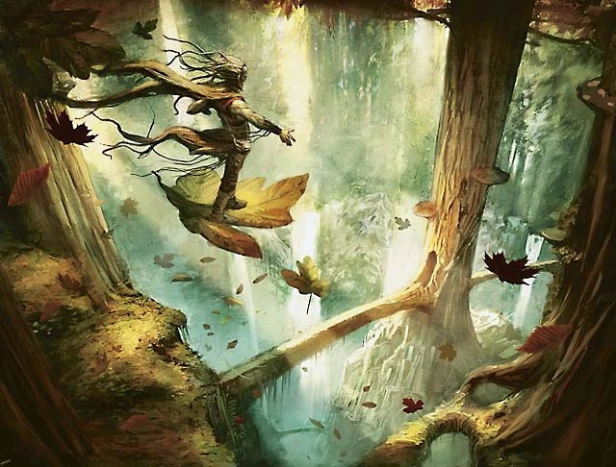
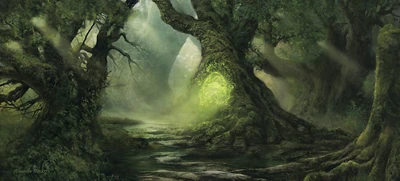
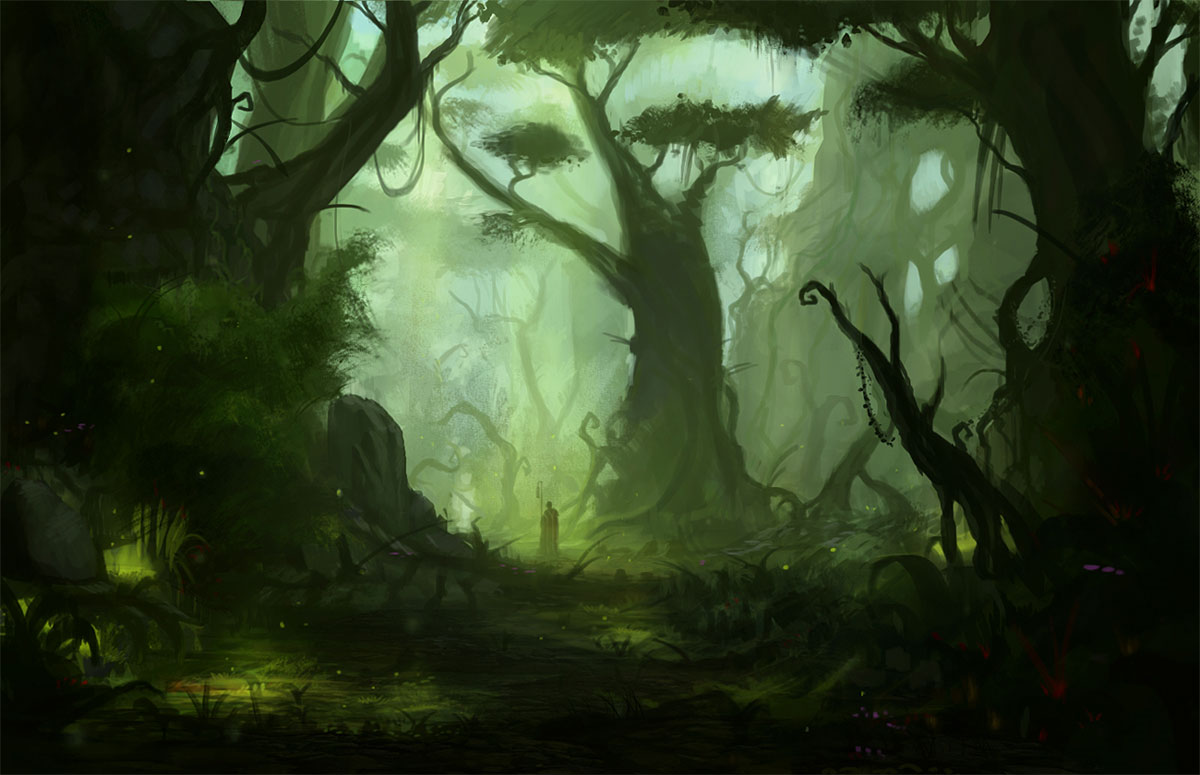
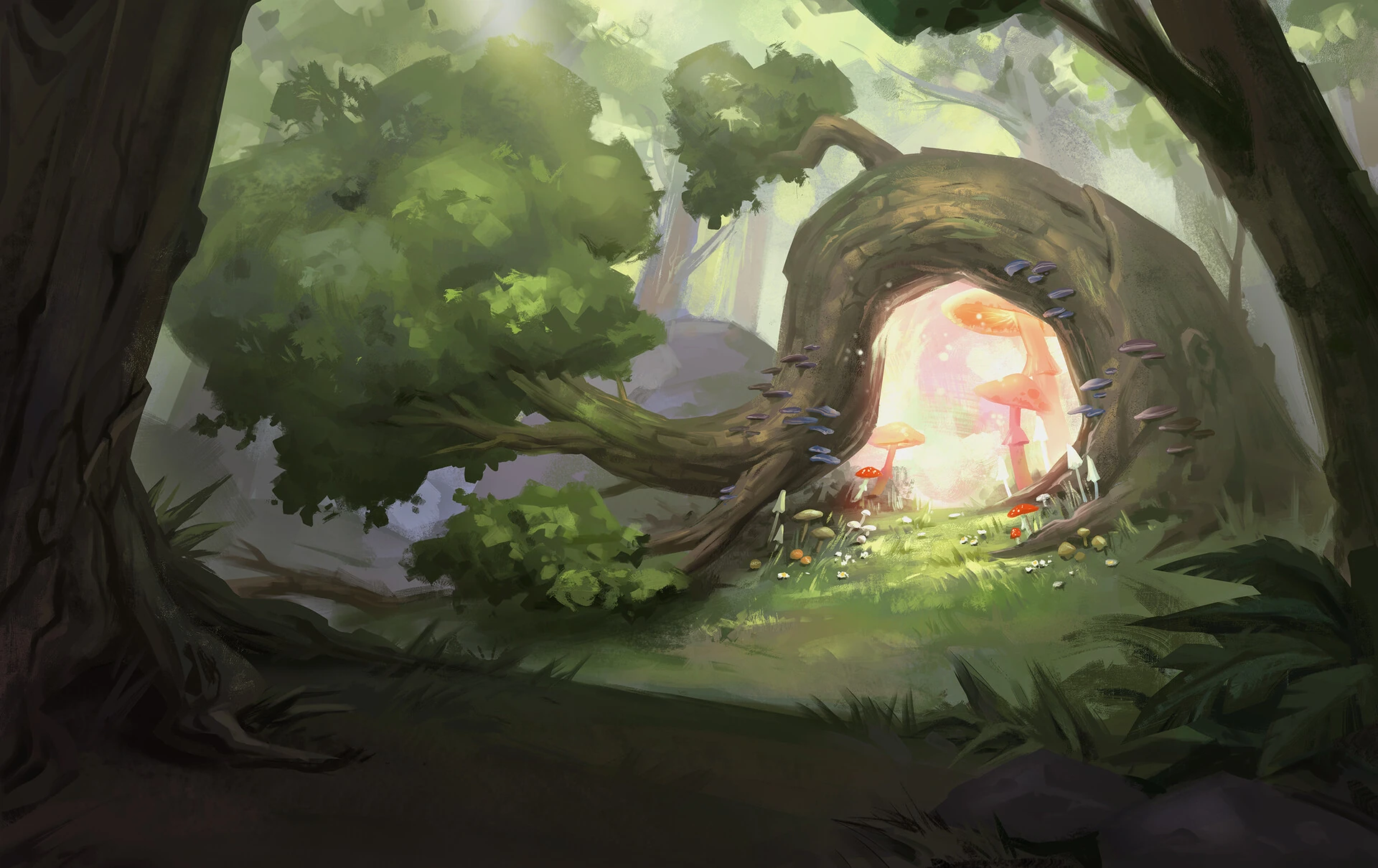
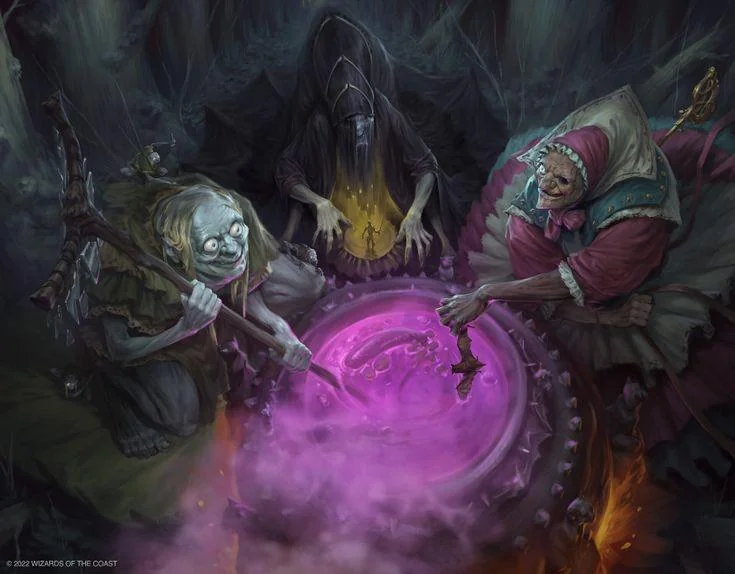


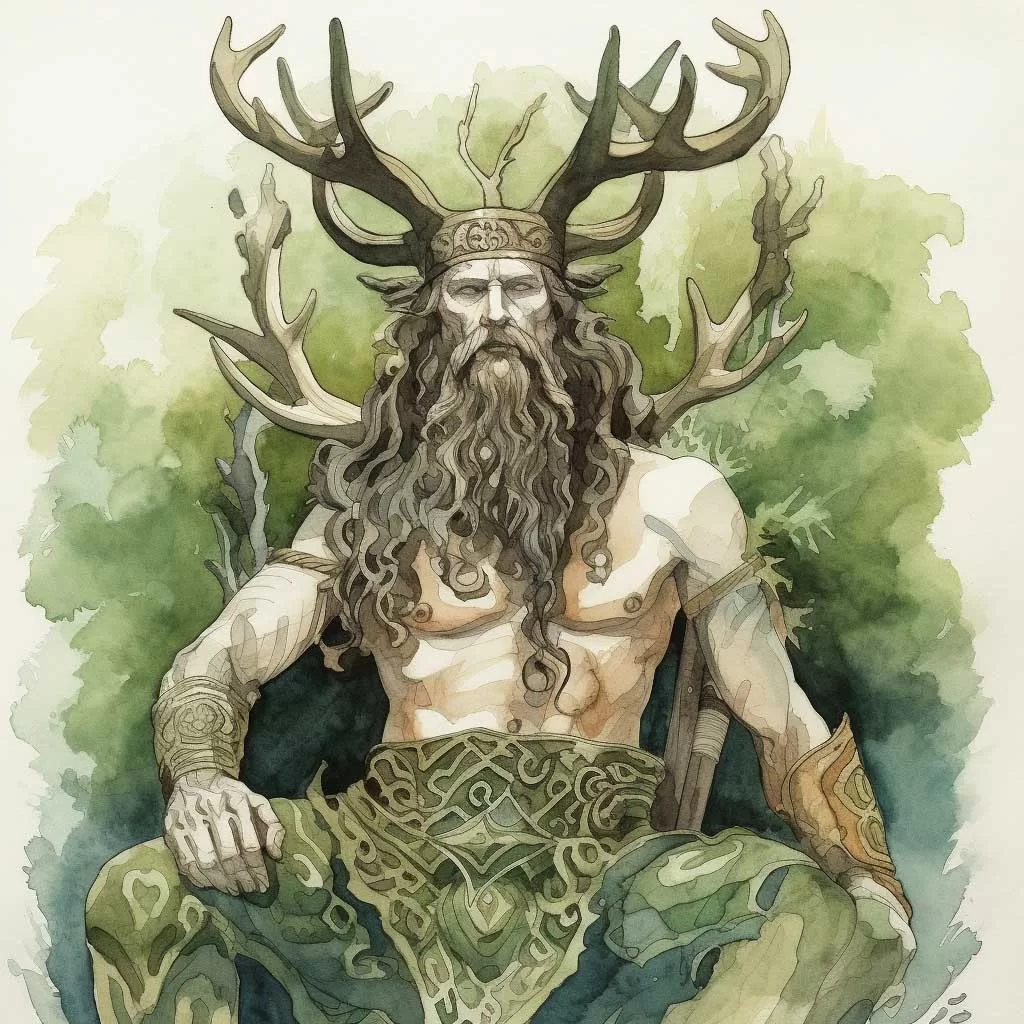
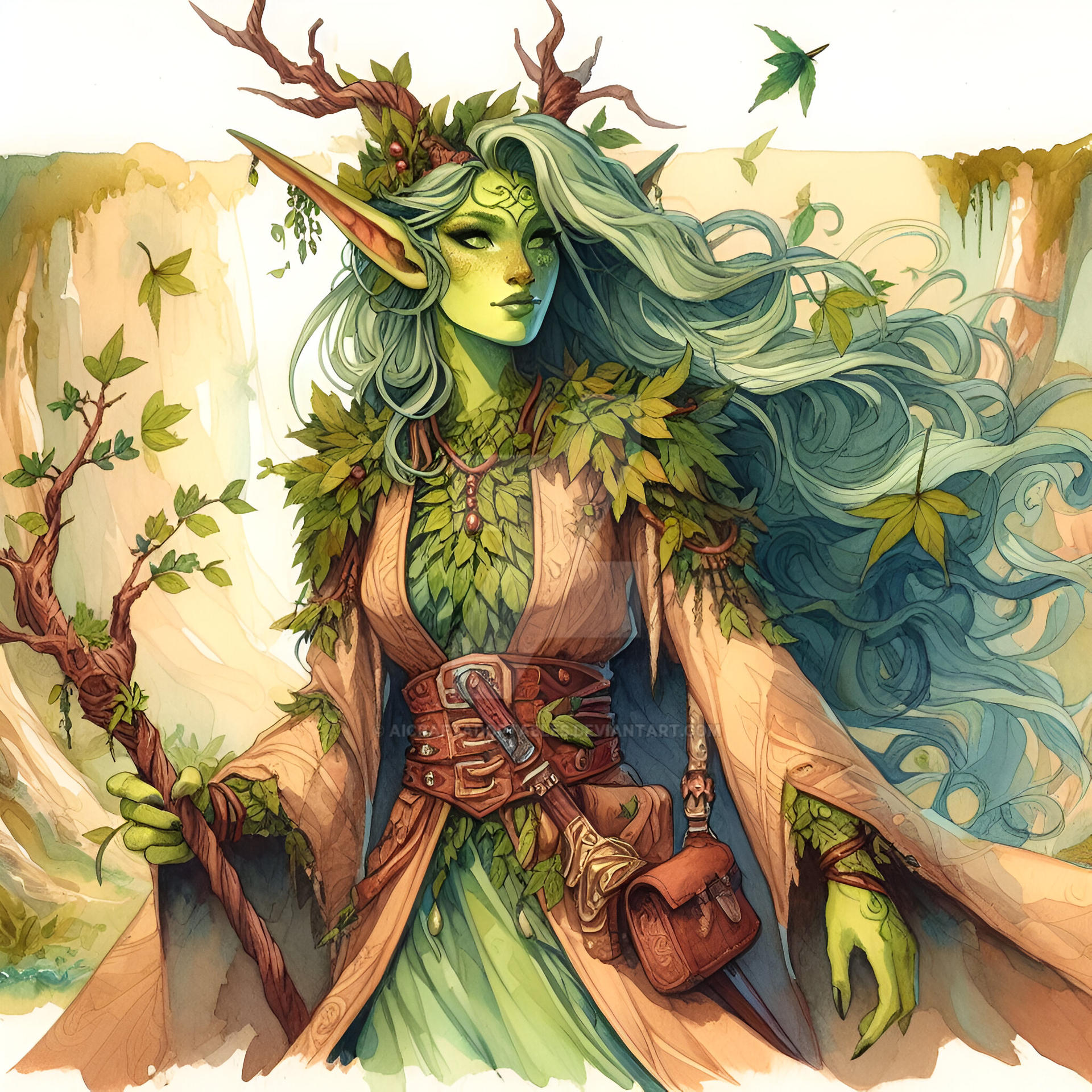
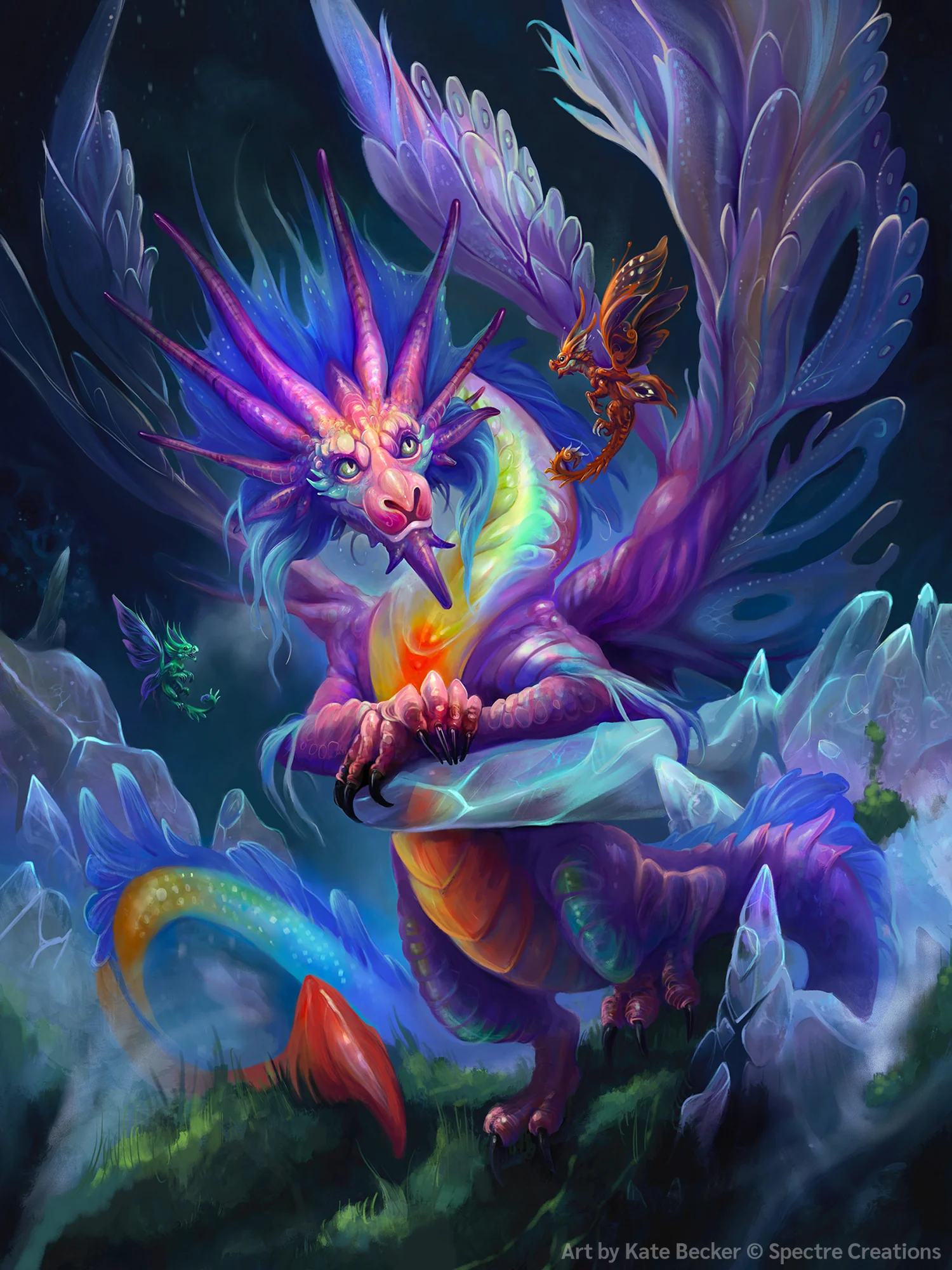

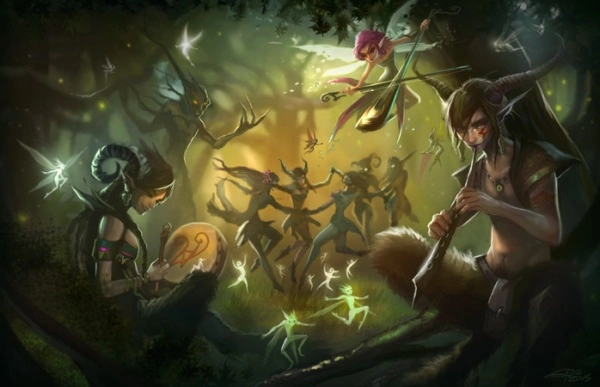
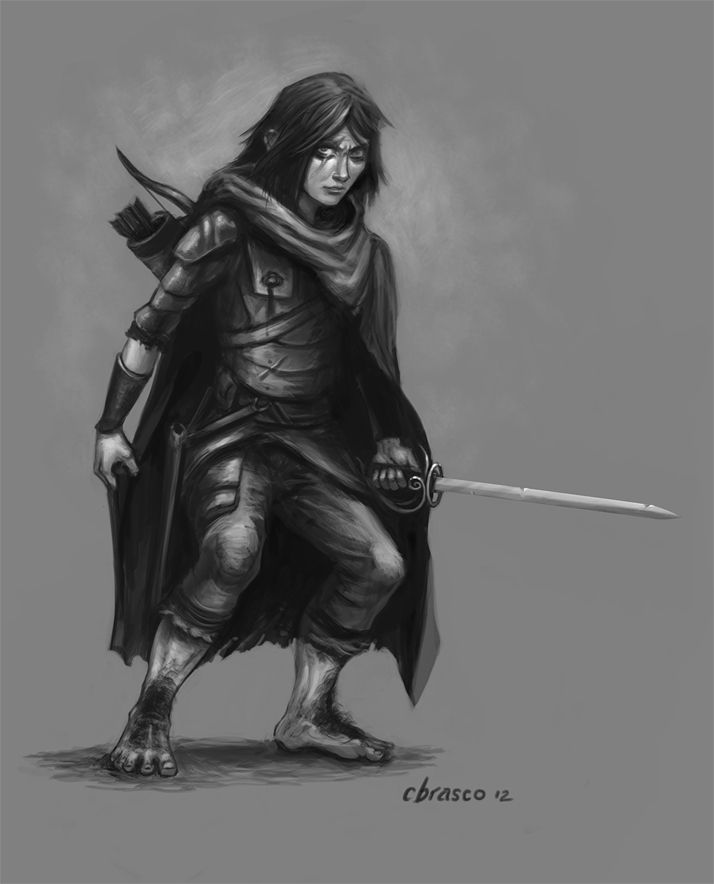
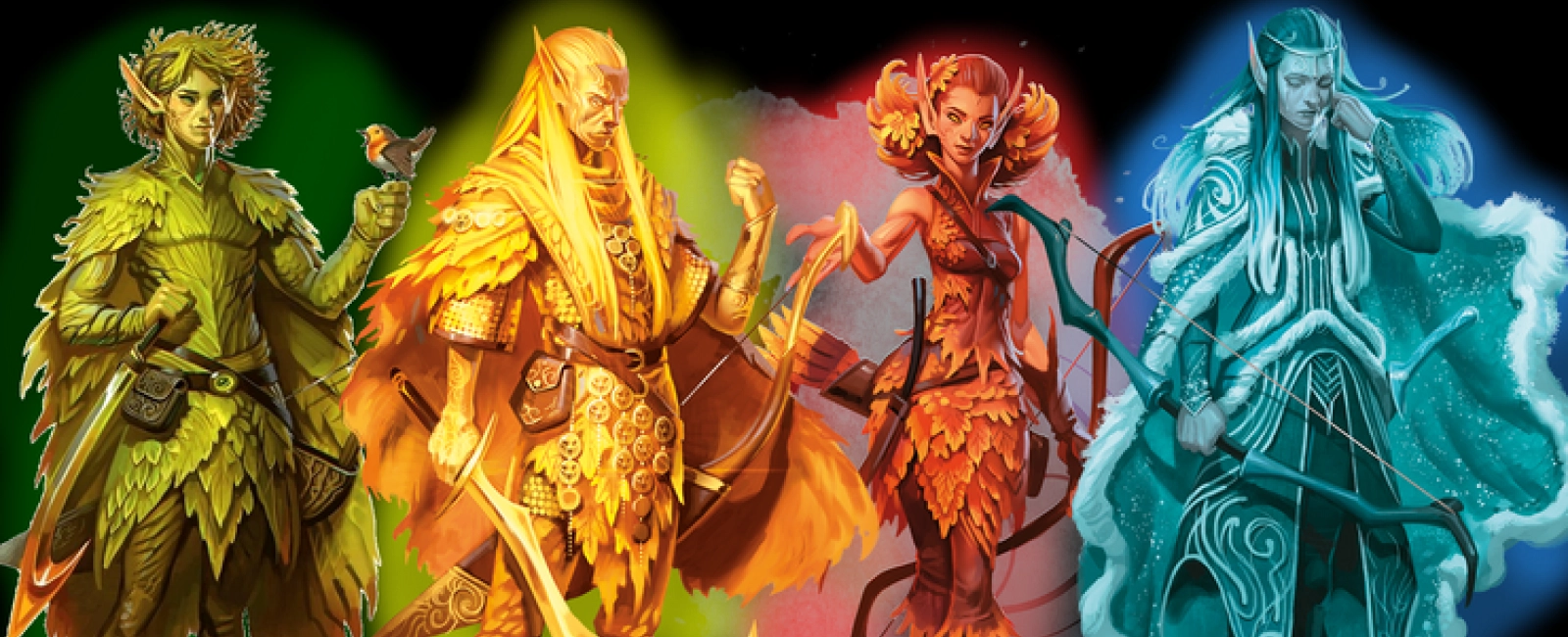

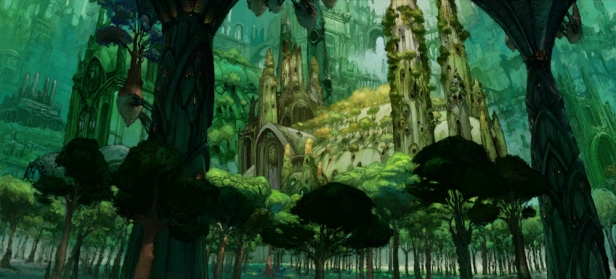
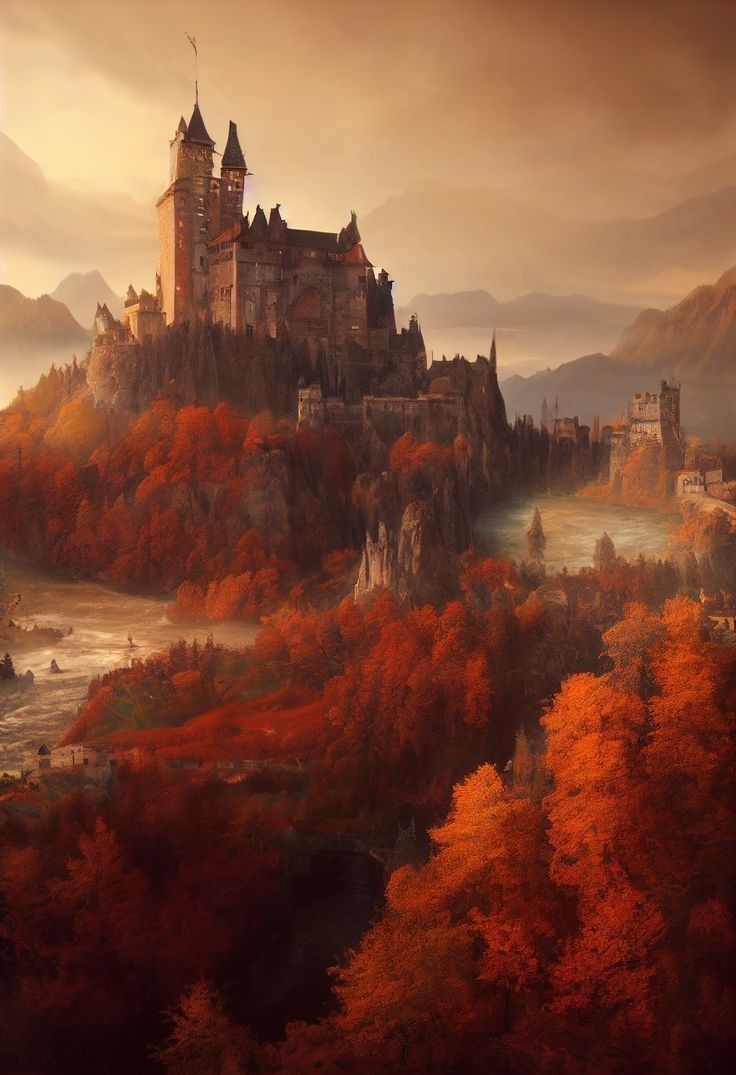

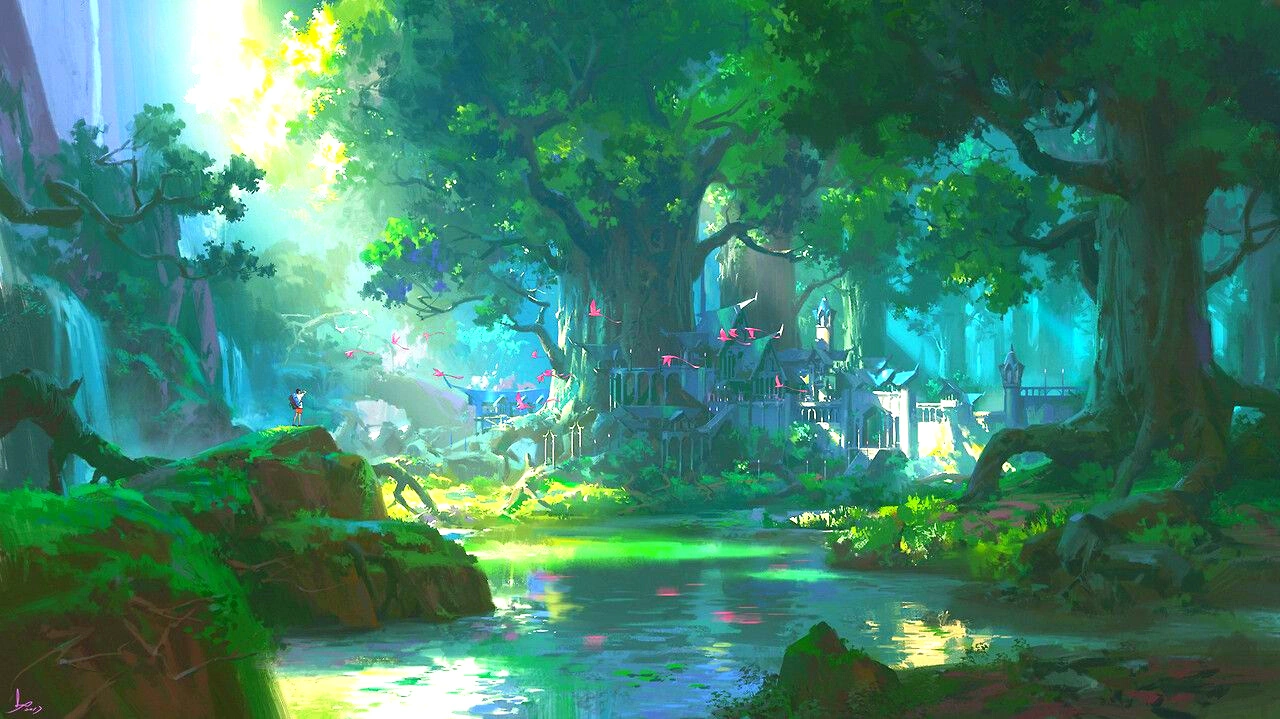

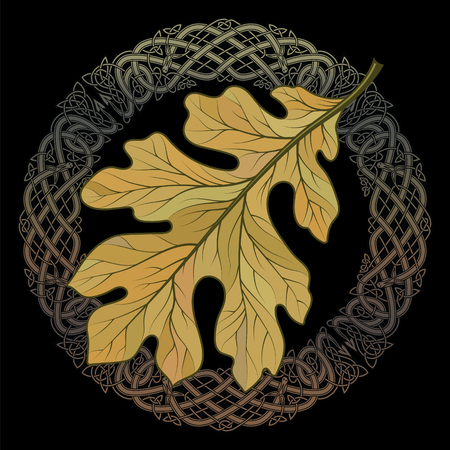
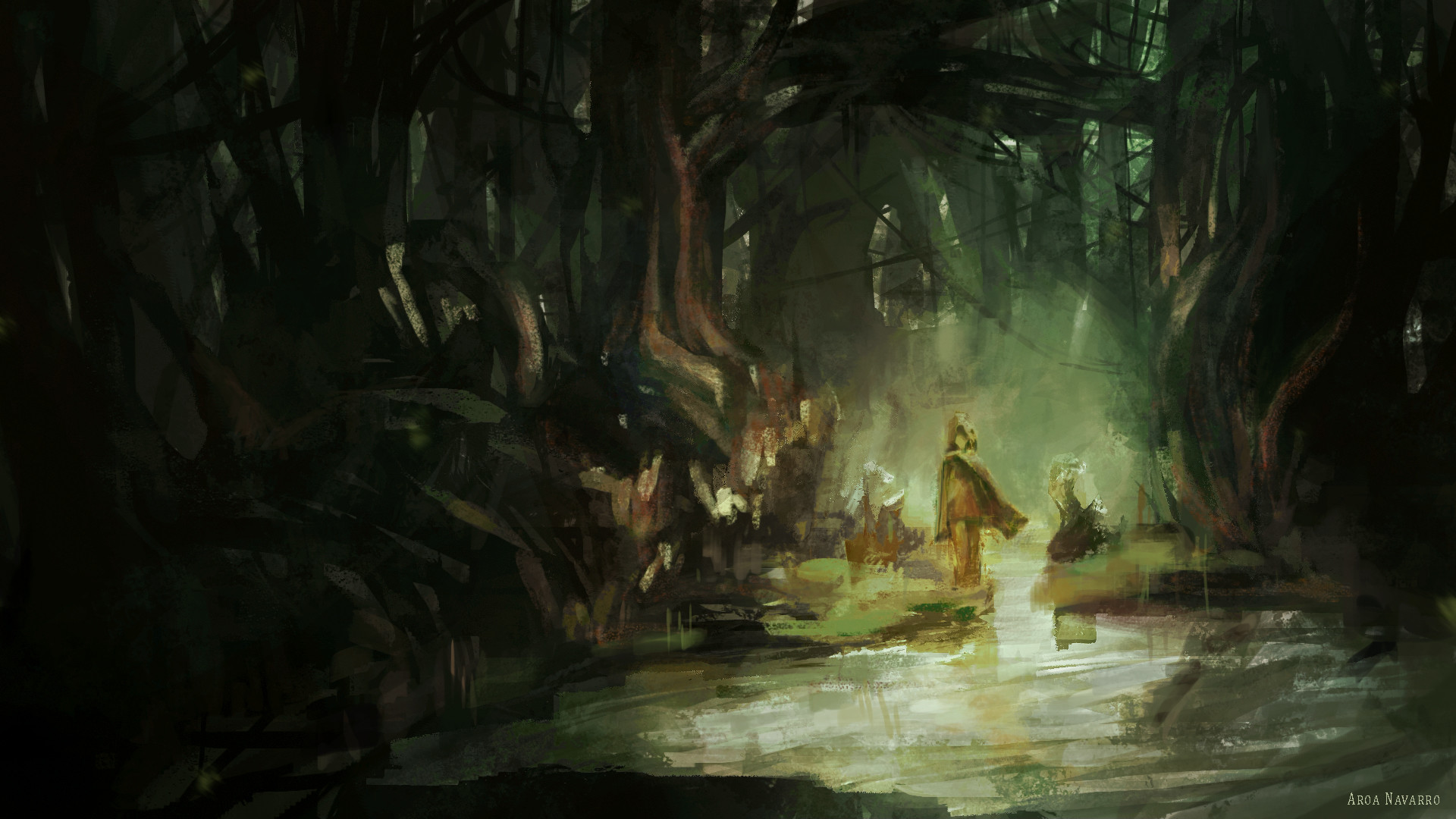
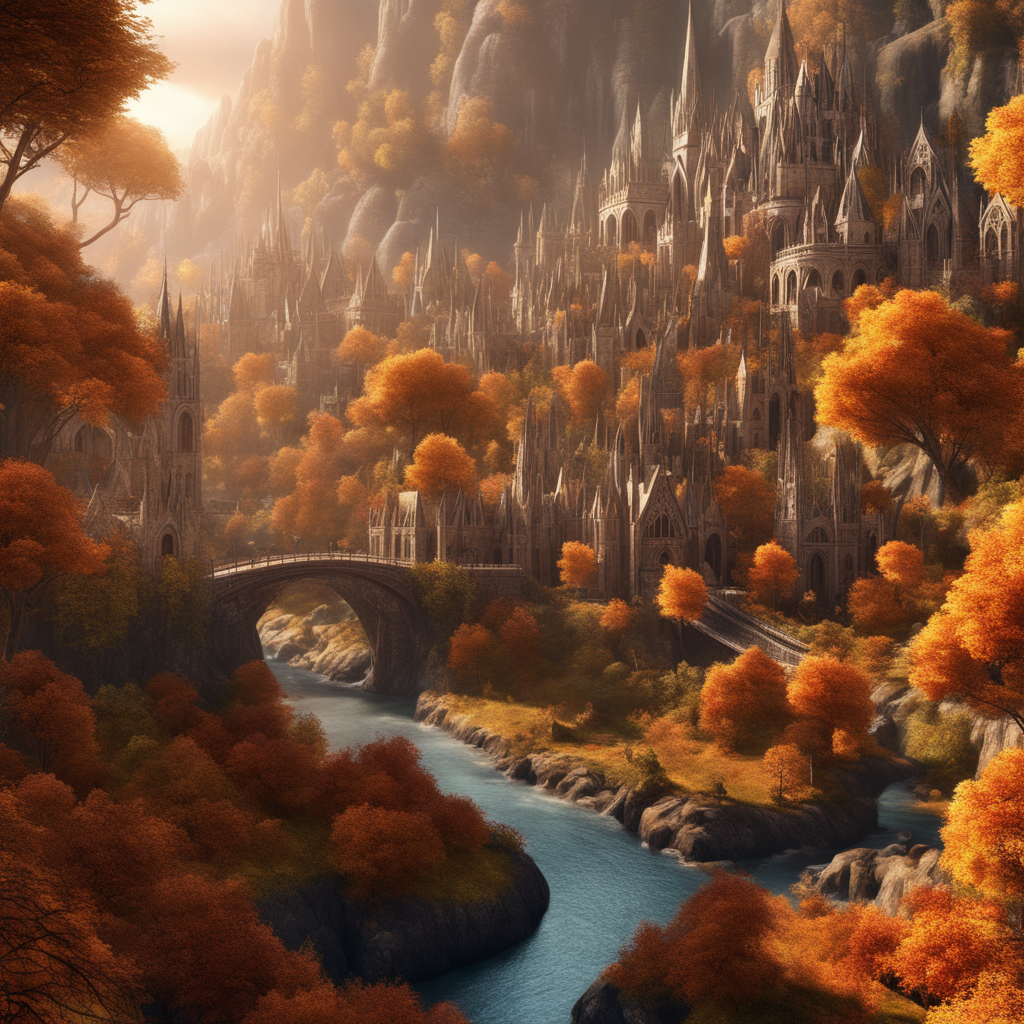
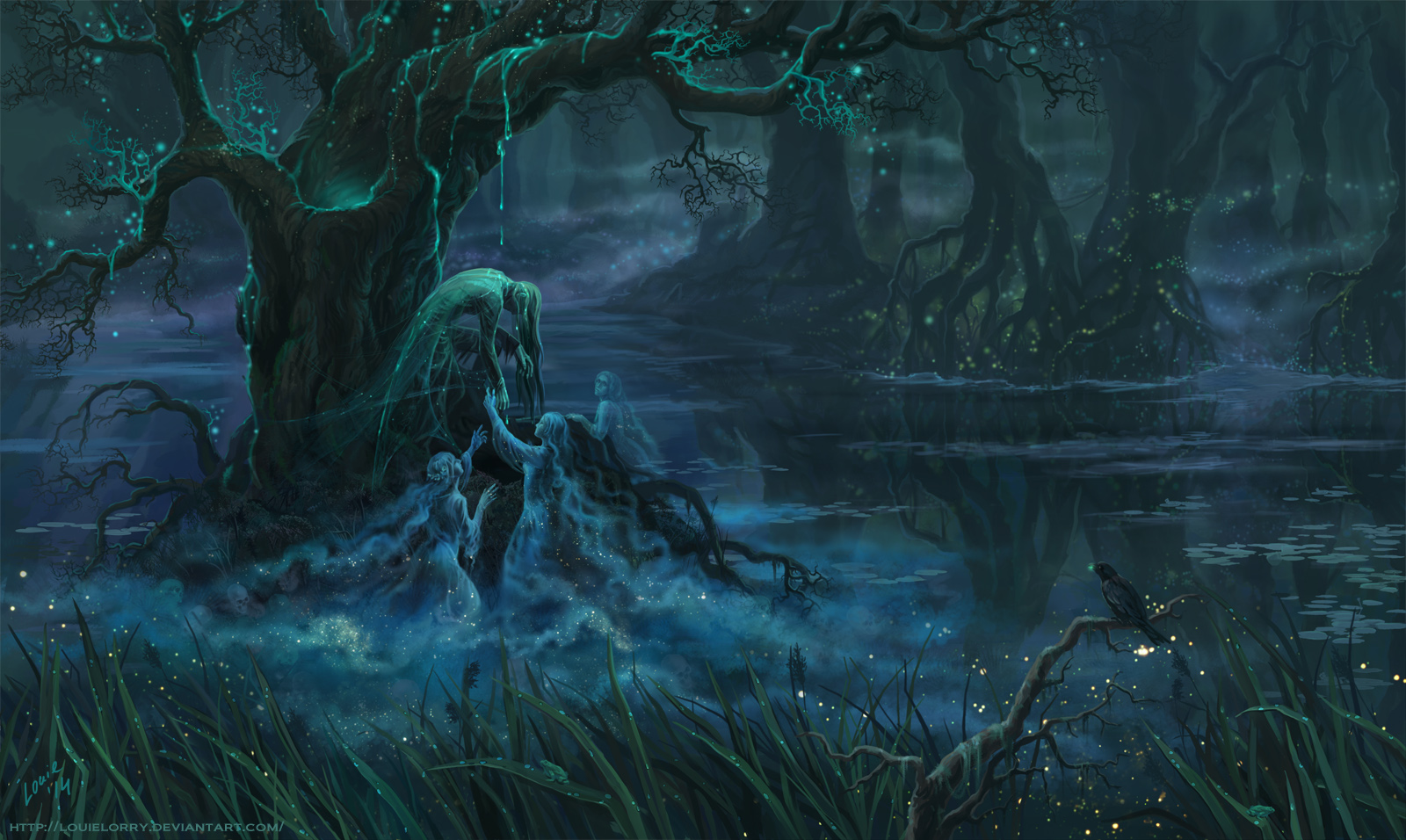

Comments